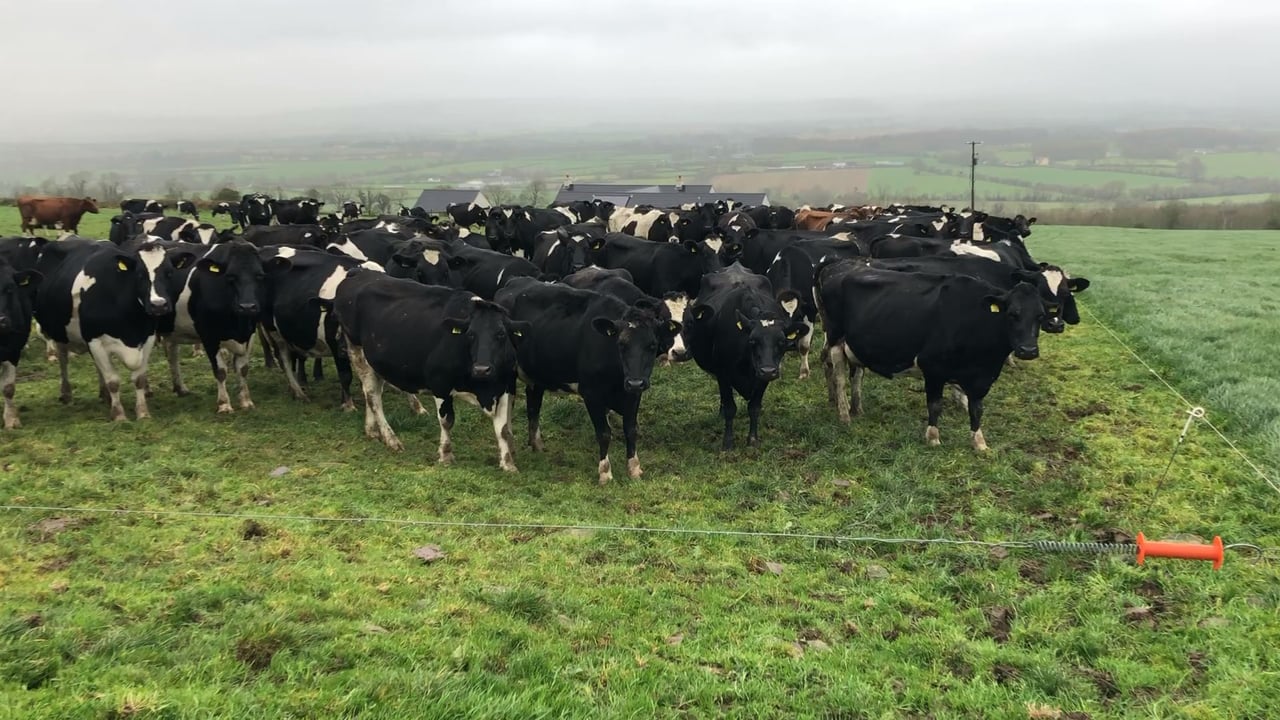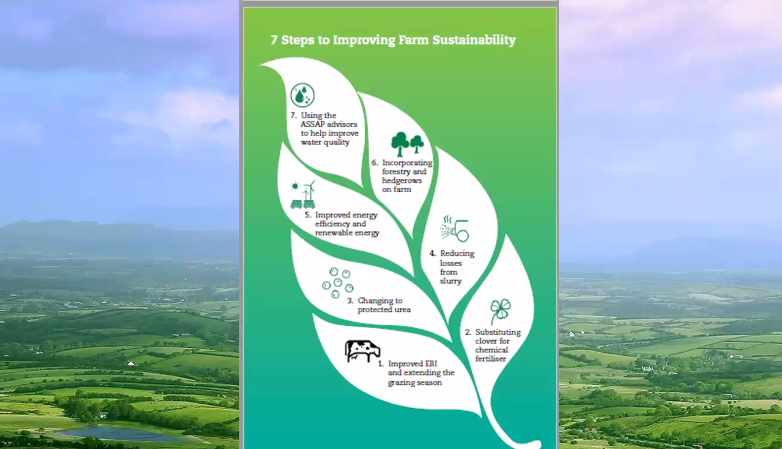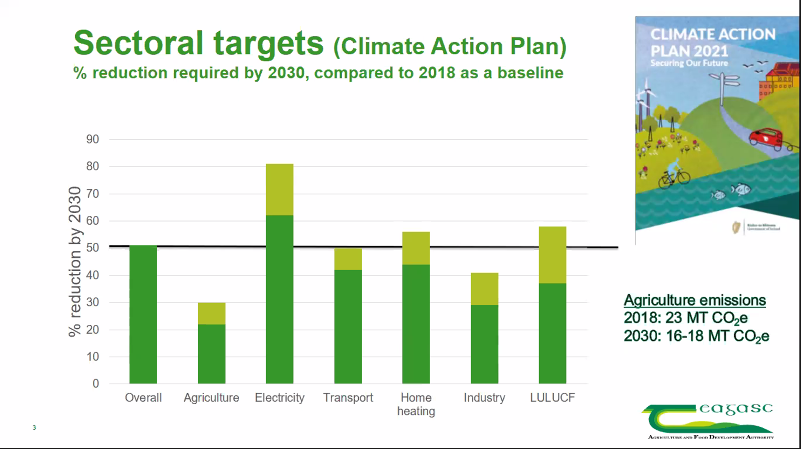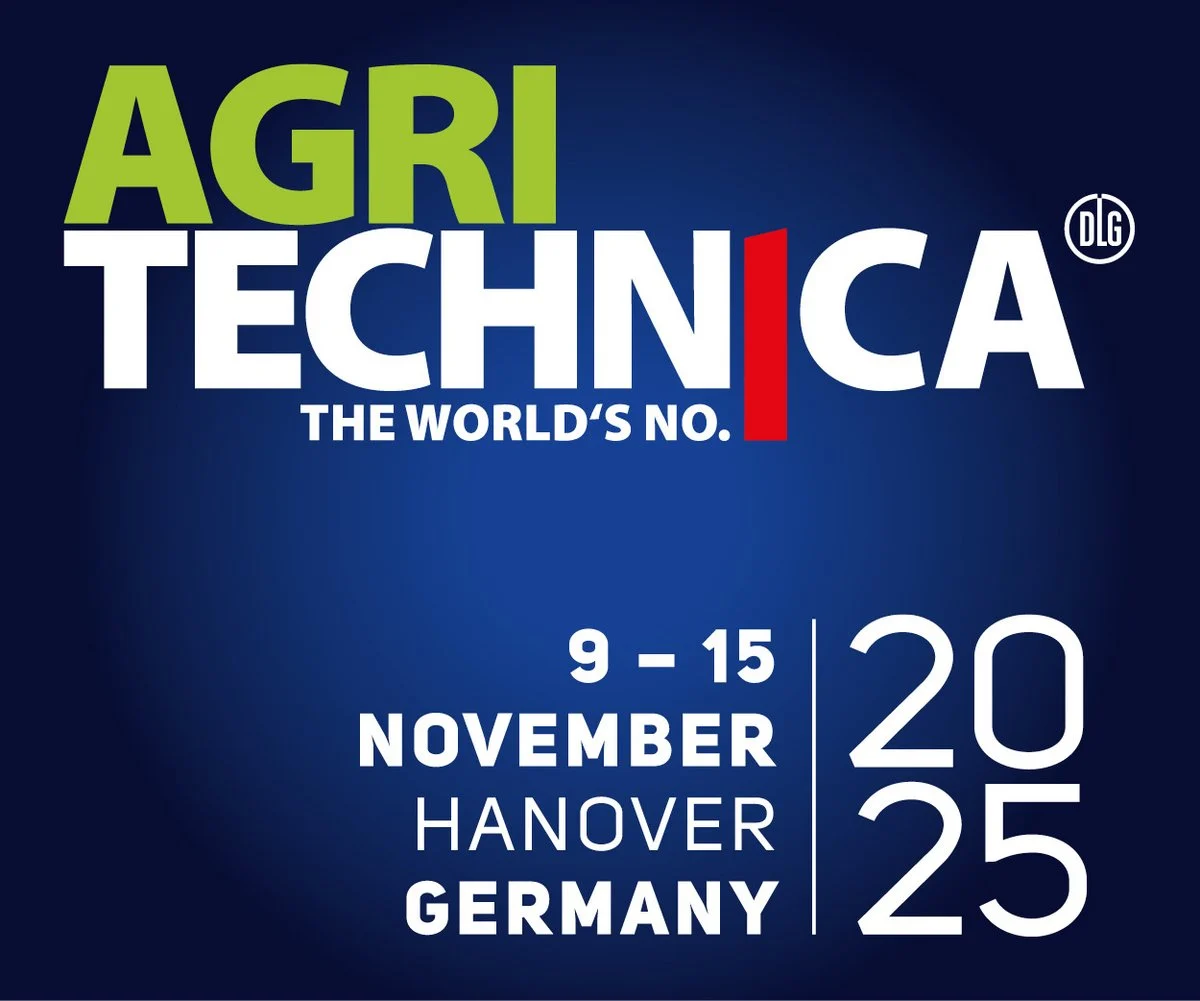'Pathway' to reducing emissions outlined at National Dairy Conference
The recently released Climate Action Plan outlined the emission reduction targets for each sector, including agriculture.
Speaking at the first day (Tuesday, November 23) of the Teagasc National Dairy Conference, the newly-appointed Teagasc director, Prof. Frank O'Mara, said: "The two biggest things farmers can do to reduce emissions on farms, is to look at on-farm efficiencies and technologies that are available.
Some of the measures that farmers can look at to improve efficiencies are outlined in the Teagasc Marginal Abatement Cost Curve (MACC). They include:
Prof. O'Mara stated: "Agriculture has the lowest reduction target of all the sectors, with the roadmap showing the sector needs to reduce emissions by between five to seven million tonnes of carbon dioxide [CO2] (22-30%) by 2030.
"Currently, overall emissions from the sector are 23 million tonnes, with the target for 2030 [of] 16-18 million tonnes."
Prof. O'Mara said: "By implementing the measures on Teagasc MACC at the levels Teagasc believes to be feasible, it would reduce emissions from the sector by two million tonnes.
"Teagasc [has] also developed other measures to reduce emissions that are not currently in the MACC.
"These include feed additives such as seaweed; some of these are in the early stages of research, while others should be available to the market in the next year or two. Other fertiliser formulations are also being looked at."
A measure which O'Mara believes has great potential, is the reduced slaughter age of beef cattle.
"All these technologies are nearly ready; in the case of early slaughter age this can be deployed on farms now," O'Mara told the conference.
"Combined with the measures in the MACC, this reduces emissions from agriculture by about four million tonnes.
"This is quite a long way along the road, but still not close to the five to seven million tonnes that are the target."
Continuing, O'Mara stated: "There are also a number of quite promising technologies that Teagasc [is] hopeful will come to fruition over the next decade.
"Teagasc believes that these are very promising and if they come to fruition in the next decade, they could deliver a reduction somewhere in the region of 1.5-3 million tonnes of C02.
"That would allow us get to the target of 16-18 million tonnes and put us on the pathway to being a climate neutral sector by 2050.
"This will allow us to reach our targets without the need to reduce the national herd. It is not a straight forward pathway and will require actions on every farm," he concluded.







